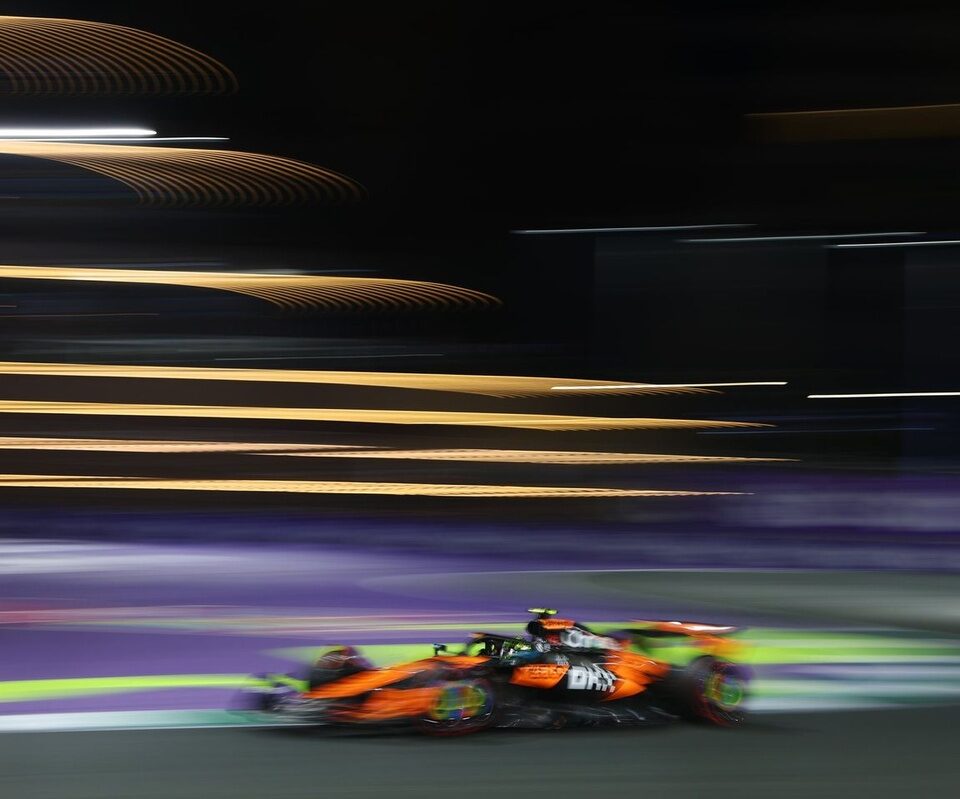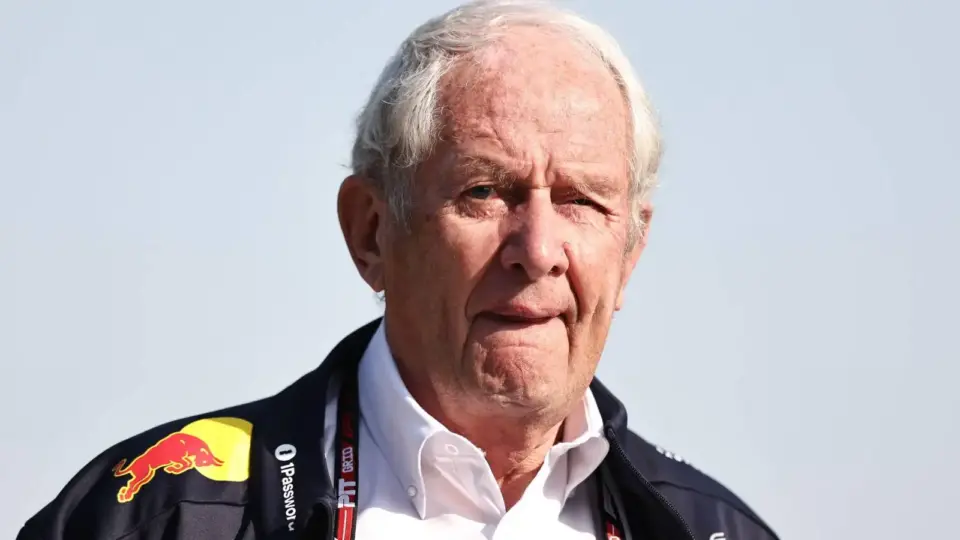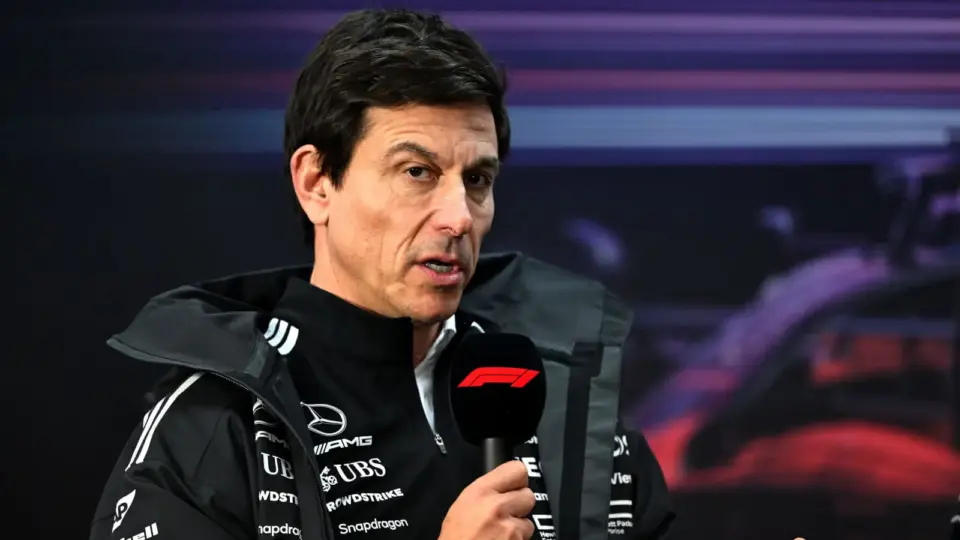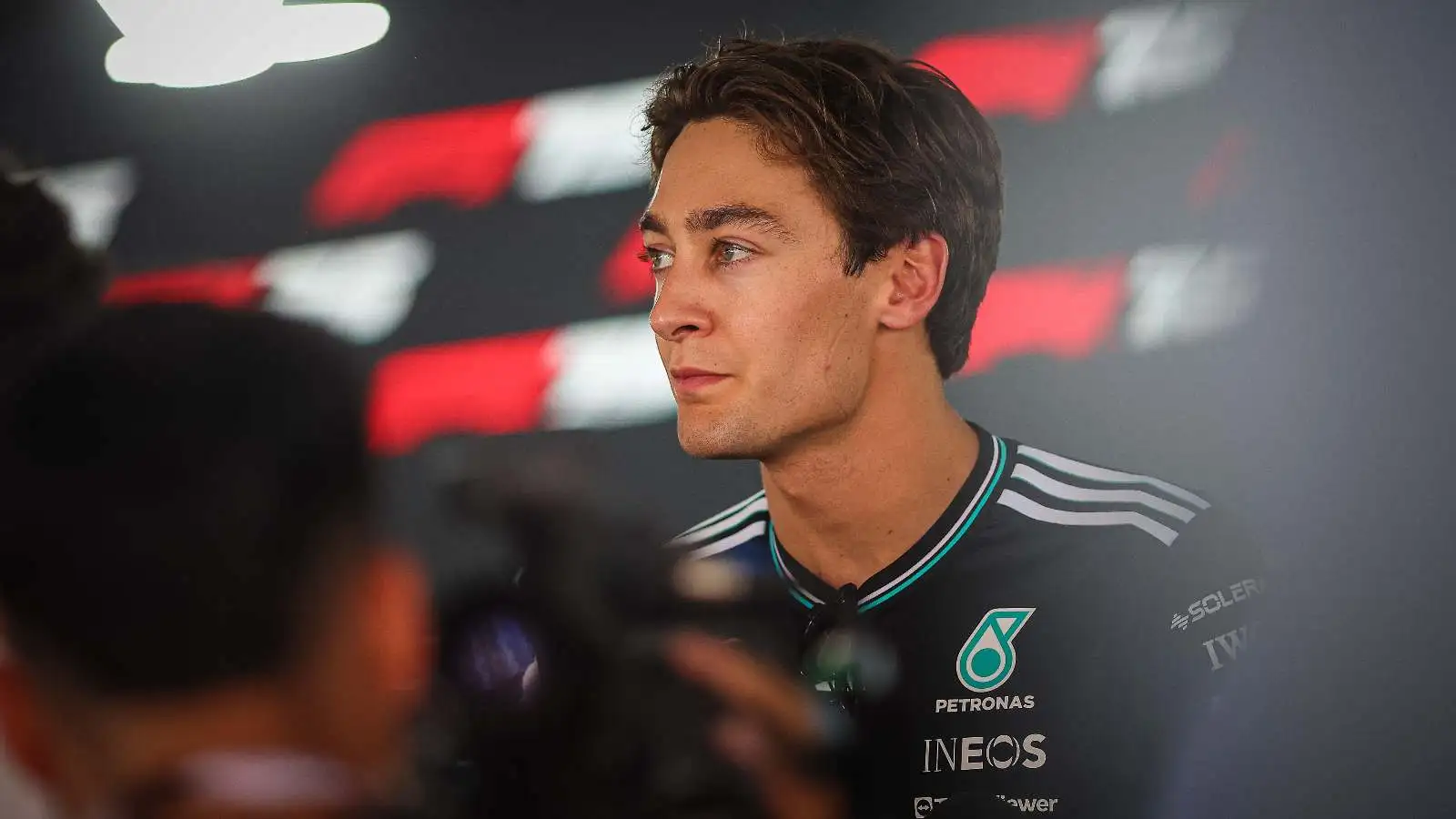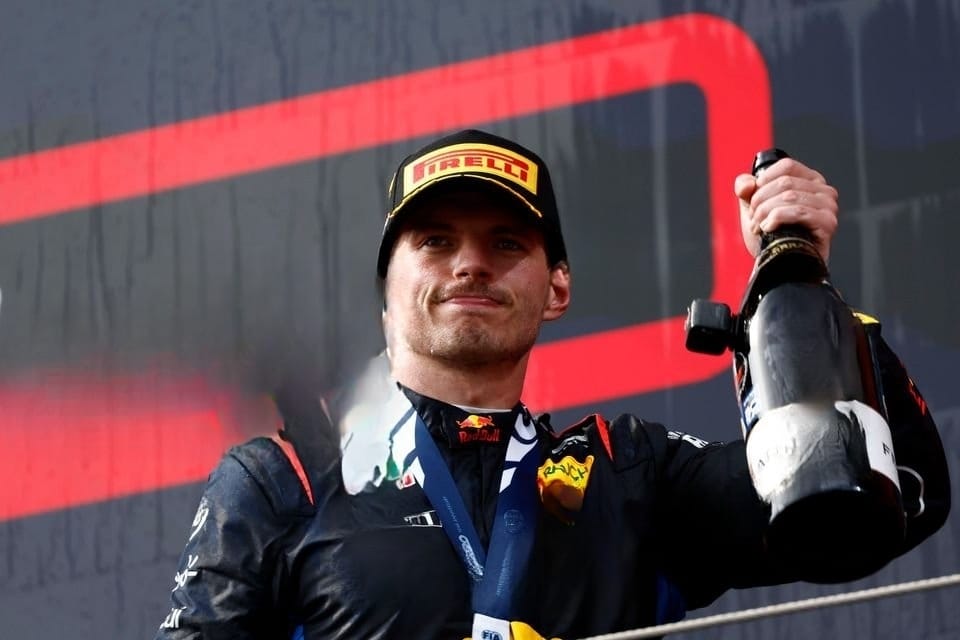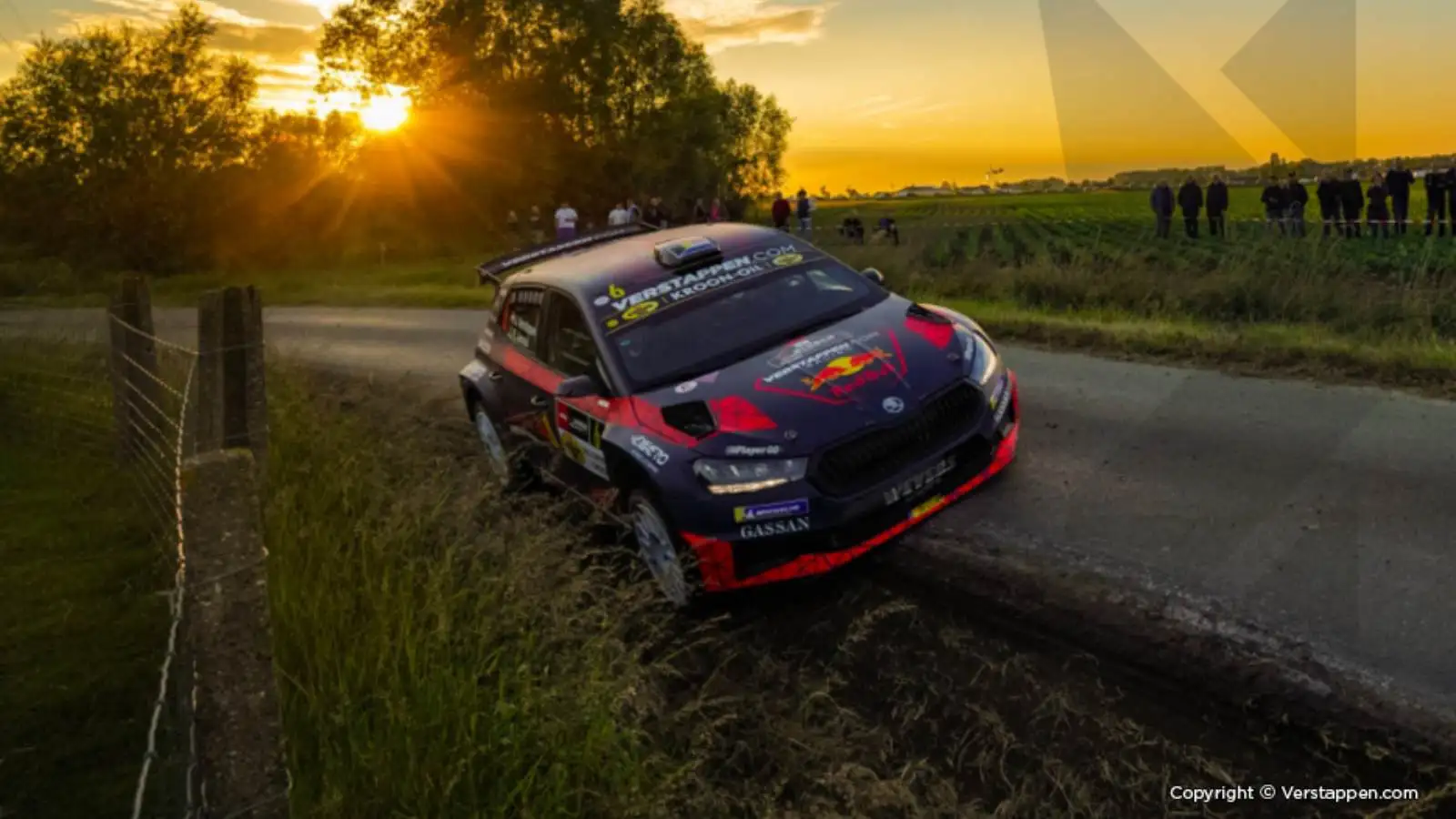Lando Norris finds himself wrestling with a fast-paced reality as Formula 1 cars push the limits of human reflexes.
- Norris experienced a significant crash during the Saudi Arabian Grand Prix qualifying, exposing challenges with his car.
- Andrea Stella, McLaren’s team principal, sheds light on Norris’ struggles with the car’s unpredictable behavior.
- Despite improvements, Norris is still missing a key level of comfort with the McLaren MCL39 at its limits.
- The explosive speed of current F1 cars amplifies the need for instinctive driving, echoing the sentiments of veteran Lewis Hamilton.
Lando Norris navigates the rollercoaster ride of Formula 1, where every millisecond counts, and cars zoom at breathtaking speeds. During the Saudi Arabian Grand Prix, Norris faced a daunting challenge. In a heart-stopping moment at Turn 4 of the Jeddah track, he lost control of his McLaren, sending him careening into the wall and altering his qualifying fate. Positioned 10th on the grid, he watched Red Bull’s Max Verstappen narrowly outpace Oscar Piastri by a mere 0.010 seconds.
The crash isn’t an isolated incident but part of an ongoing narrative that Norris is still adapting to the nuances of the 2025 McLaren car. Despite enhancements that have made the vehicle quicker, these same changes have made it challenging for Norris to drive on instinct. At Jeddah, he showed promise alongside teammate Piastri, yet his Q3 mishap revealed the underlying issue: an expectation gap between Norris and his machine.
Andrea Stella, McLaren’s team principal, painted a picture of a driver caught between potential and performance. “Lando this weekend was definitely quite competitive,” he noted. Still, as Stella explained, the inconsistency in the car’s response during critical moments like Q3 throws Norris off. The car’s surprising understeer at Turn 4 proved costly, reinforcing the idea that speed improvements came at the expense of predictability at the boundary.
Remarkably, Norris’s experience echoes the struggles faced by seven-time world champion Lewis Hamilton, who finds himself at odds with his Ferrari’s qualifying pace. In an era where F1 cars are described as “too fast to think,” both drivers grapple with machines that demand a natural, instinctive driving style. The rapid pace leaves no room for second-guessing, as Andrea Stella so aptly puts it: “These cars are so fast, they are so demanding in terms of just adopting a very natural driving style.”
As Verstappen shattered records on the high-speed Jeddah circuit, the performance gap becomes glaring. Despite Norris’s discomfort, the urgency to align the McLaren with his natural driving instincts is the team’s main focus. Stella underscored the importance of bridging this gap, acknowledging their responsibility to match the car’s level to Norris’s considerable talent. “We want Lando to be confident and comfortable that he can push the car,” Stella emphasized. This challenge lies at the heart of allowing Norris to thrive amid the whirlwind speed of modern Formula 1.
Norris’s journey to instinctive mastery in a lightning-fast car is ongoing, reiterating the essence of driver-car synergy in F1.
